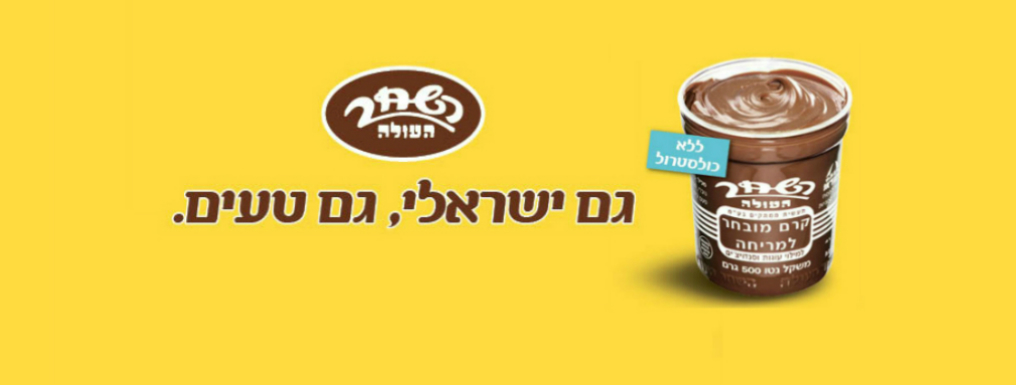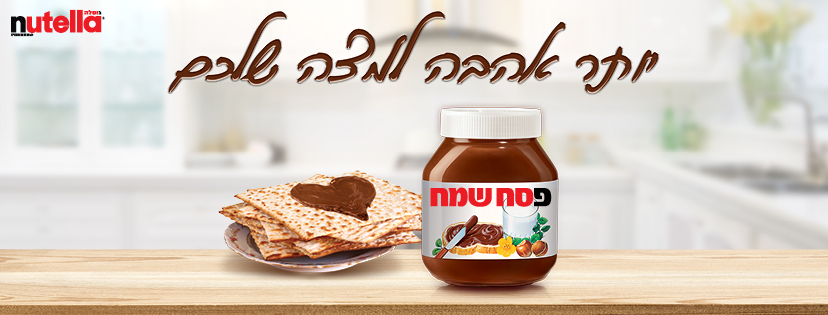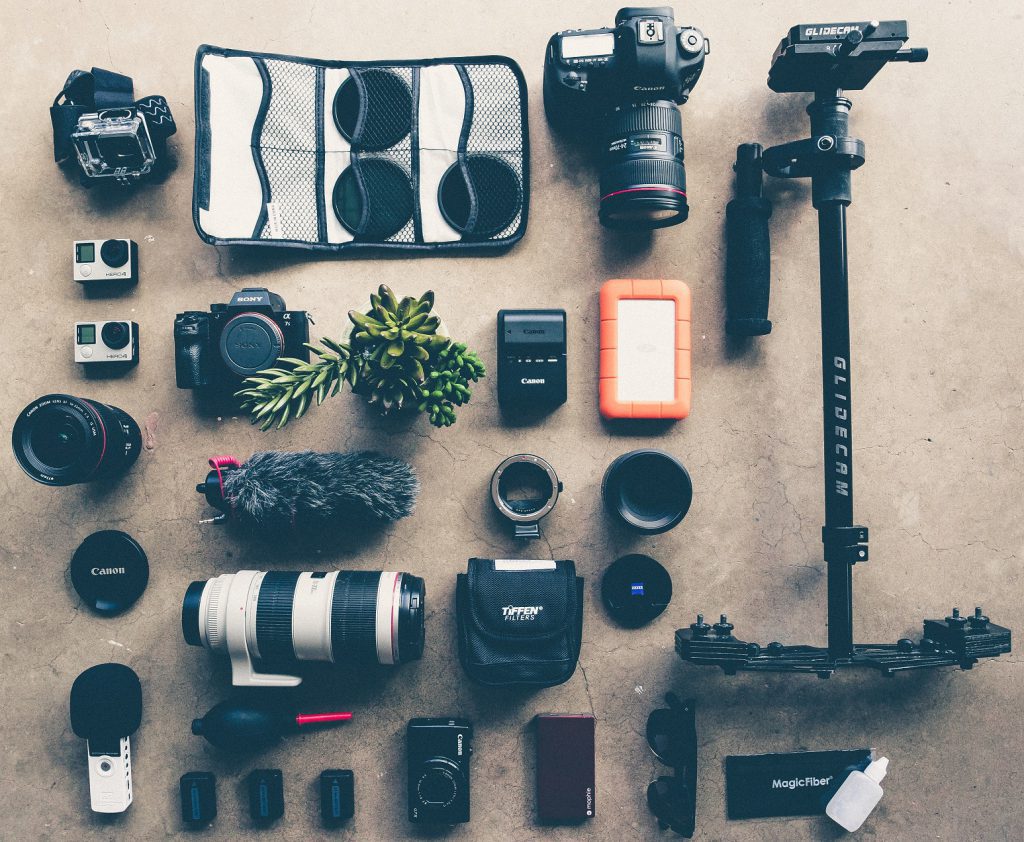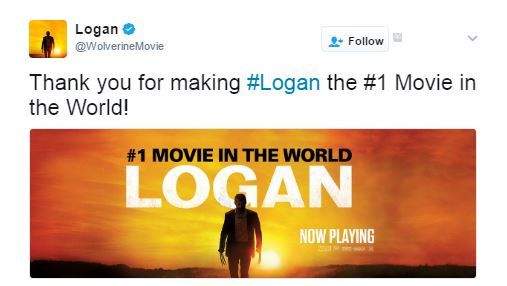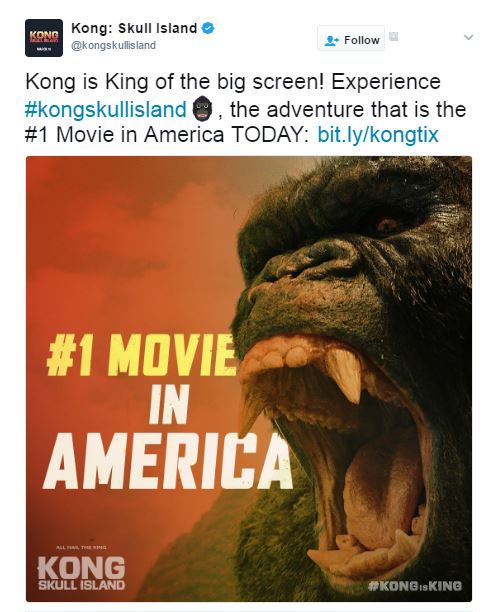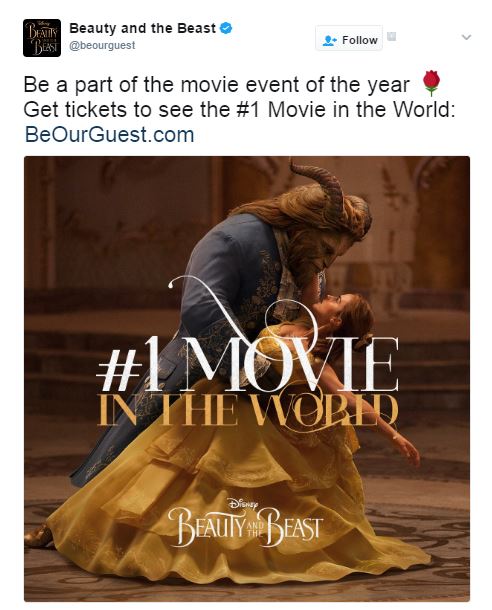Everything You Wanted to Know About Celebrity Siblings as Brand Ambassadors Yet Were Afraid To Ask
Sibling rivalries have dotted history since the days of Cain and Abel – yet most are playful and competitive. In the spirit of National Siblings Day, we’ve used artificial intelligence and image-based analytics to explore the visual buzz surrounding some of the most famous celebrity siblings in assessing their potential as brand ambassadors.
Whether we notice it or not, we’re bombarded every day with celebrity adverts and brand endorsements. For many brands, hiring celebrities to appear in adverts and act as brand ambassadors is a costly but worthwhile investment.
Many of these siblings have already formed partnerships and endorsed a number of larger brands — and a cultivated online visual presence leads to a higher return on investment for those companies. In most cases. (Sorry Pepsi and Kendall Jenner — try again next time.)
What’s a Brand Ambassador?
A brand ambassador can be used to not only represent a brand and embody its image, but to provide third party credibility and target a much broader audience of potential customers or clients. They can also be highly effective in creating a personality behind a brand, which is essential for encouraging your target audience to identify with your brand’s culture and image.
Let’s use face recognition technology and look at five of the most powerful sibling brands today.
#1: Serena Williams vs. Venus Williams
These formidable sisters are two of the tennis world’s most lucrative brands. They’ve dominated the sports arena for more than twenty years, and today have a combined worth of over $116 million. The Williams sisters have been circling each other like caged tigers for the best part of two decades. In the early days, their matches were turgid affairs – both had a natural killer instinct but neither wanted to maul the other – and it took years until they were able to play freely against each other. When they met on the court most recently in January 2017, Serena was on the verge of becoming the woman to win the most Grand Slam titles ever. Her sister Venus was also on the verge of a long-awaited, and, perhaps, never-to-be major title — the first since 2009.
Visual Presence: Unsurprisingly, the visual presence of Serena dominates that of Venus, however it’s more close than we expected. While Serena has taken over three-quarters of the sisters’ visual landscape, both athletes represent powerful sports brands with heavy visual presence. At the age of 15, Venus signed a five-year contract with Reebok. Once that deal expired in 2000, she signed a new contract with the company for a reported $40 million, making it one of the richest endorsement deals ever for a female athlete. Serena is currently the world’s highest-paid female athlete — sponsored by Nike and Wilson sports brands. Serena Williams now counts more than a dozen brands in her endorsement portfolio including Beats, Delta Air Lines, IBM, Burlei bras and Audemars Piguet.
#2: Chris and Liam Hemsworth
One of Hollywood’s most popular sibling bromances, these two Aussie brothers are noted for their visual support for one another both online and off. Maintaining a fun social media war on Instagram, combined with their increasing popularity channeled by their blockbuster characters, these two are ideal candidates as brand ambassadors. Chris Hemsworth, Thor of The Avengers, already represents TAG Huer, Tourism Australia and Audi Australia. Meanwhile brother Liam of the Hunger Games trilogy, was the first celebrity brand ambassador of fashion brand Diesel, when he was chosen to front a new fragrance campaign.
Visual Presence: When we assessed their online visual presence, these two brothers are as close to an equal 50-50 — with Liam owning a so-very-slight edge over Chris. This is probably due to his highly public relationship with Miley Cyrus, of whom the media cannot get enough. While these two share a healthy rivalry when vying for film roles, they epitomize the happy-go-lucky nature of successful sibling relationships. Being Australian doesn’t hurt either.
#3: Jake Gyllenhal and Maggie Gyllenhal
This talented brother-sister duo starred together in the cult hit Donnie Darko, before Jake went on to be one of the most popular actors in Hollywood thanks to his roles in a number of highly popular and confronting films. Both have received Oscar nominations — Jake for his role in Brokeback Mountain and Maggie for Crazy Heart — and when both were nominated for the 2015 Golden Globes awards, they brought each other as their dates.
Visual Presence: When assessing the visual presence of these two, the results are hardly surprising. Jake Gyllenhal takes up more than 90% of the total images of the brother and sister — most probably due to the popularity of his films. It’s been reported that stealthily and steadily, Jake Gyllenhal has become the most magnetic male lead in American film. Since starring in the Disney flop Prince of Persia, he has cast off cynical Hollywood blockbusters in favor of more eclectic, smaller films. Neither are listed as ambassadors for any major brands, which only stands for us to ask: why not?
#4: Beyonce and Solange Knowles
While Beyonce has achieved one-name status as the Queen of Pop music, Solange has also recently achieved fame with her latest chart-topping album. Solange wrote, co-produced and staged all of her music—a one-man-band instinct she learned early on from her big sister.
Like the Gyllenhal’s above, these two sisters have also taken each other as dates to numerous events like the Grammys, the VMAs and Fashion Week.
Visual Presence: Of course Beyonce conquered the visual presence rivalry — but what was most surprising is that Solange put up a good fight. Beyonce took more than 80% of all visuals of the sisters — and Solange’s 20% is not laughing matter. It shows how strong a presence she commands as an up-and-coming musician, despite being Beyonce’s little sister. Internal family politics about the two sisters may have also contributed to her strong presence, but when competing against one of the most famous popstars this century, Solange’s effort is impressive.
#5: Kardashian Sisters
Assessing the visual presence of the most famous reality TV family isn’t easy — especially when they loved being photographed so much! Spearheaded by matriarch Kris Jenner, their television show and cultivated celebrity status has taken the siblings beyond their Los Angeles enclave, and into the global spotlight.
Visual Presence: Arguably the most famous of the clan, Kim Kardashian scored the highest visual presence. Her carefully curated online presence and marriage to Kanya West has led to her being one of the most famous celebrities and brand ambassadors of recent memory. Next in line is Kendall Jenner, who’s recently becoming more famous in her own right. While Kendall took only a third of Kim’s visual chatter, nobody would be surprised if in a few years Kendall surpassed her older sister in status. This is clearly seen in her recent brand ambassador partnerships with Pepsi — which, in backfiring completely, Kendall broke the internet.
We had fun exploring the visual buzz surrounding celebrity siblings for National Siblings Day — using PicScout’s artificial intelligence-driven Insights for Business, assessing the ROI of brand ambassadors have never been easier,

